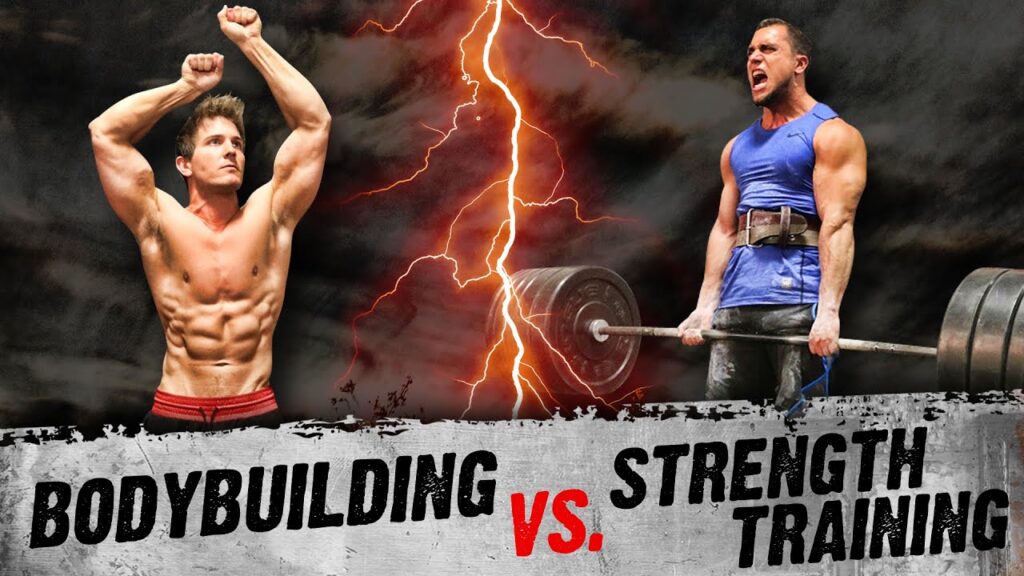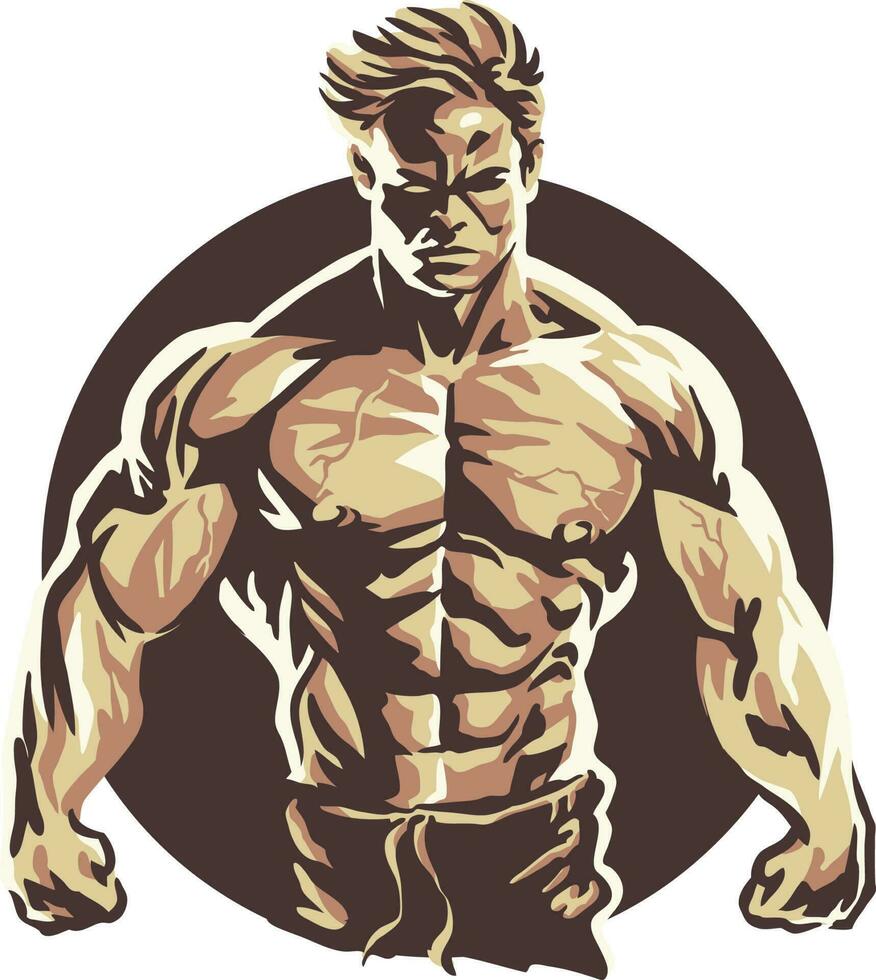Powerlifting vs. Bodybuilding: Unveiling the Strength Showdown!
Introduction:
Powerlifting and bodybuilding, two strength sports that center around weight training, may appear similar to newcomers. However, their goals and training methods diverge significantly. In this article, we'll delve into the distinctions between these two sports, explore their respective benefits and drawbacks, and offer tips on incorporating them into your fitness routine, even if competition isn't on the horizon.
What is Powerlifting?
Powerlifting is a competitive sport that assesses your capacity to lift the heaviest weight possible for a single repetition, known as a one-rep max (1RM). This is achieved through three specific lifts: the back squat, deadlift, and bench press. The primary objective in powerlifting is to generate maximum muscular force during these movements. Competitions involve three judges who evaluate the technique of each lift, with a passing score from at least two judges required for the lift to count. Powerlifting competitions are categorised into "raw" (minimal equipment) and "equipped" (specialised gear allowed), each influencing the rules and techniques employed.
Training for Powerlifting:
To excel in powerlifting, focus on enhancing strength in the back squat, bench press, and deadlift. Emphasize low-bar back squats, wide grip bench presses, and either standard or sumo-style deadlifts for optimal leverage and muscle recruitment. Supplement these lifts with assistance exercises to stabilize muscles and reduce the risk of imbalances or injuries. Examples include good mornings, Romanian deadlifts, and lunges. Training typically involves lower repetition ranges (1-5 reps) with heavy weights and extended rest periods to maximise maximal strength.
The conjugate method is a highly effective way of training for powerlifters.
Benefits of Powerlifting:
Powerlifting offers numerous benefits, including improvements in bone density, functional strength, and the satisfaction of achieving measurable performance goals. Lifting close to your 1RM stimulates bone and tissue growth, enhancing overall density. The movements in powerlifting develop core stability, crucial for everyday activities. Additionally, setting performance-based goals can provide a motivating sense of progress and achievement.
The benefits of powerlifting are explored in more detail here:
Unleashing Inner Power: The 12 Transformative Benefits of Powerlifting
What is Bodybuilding?
Bodybuilding is a sport that evaluates competitors based on their aesthetic appearance on competition day. Participants showcase their physique in speedos, bikinis, or revealing attire and receive scores based on muscle size, symmetry, and definition. Unlike powerlifting, bodybuilding emphasises appearance rather than physical performance.
Training for Bodybuilding:
Bodybuilding focuses on resistance training with various equipment to maximize muscle growth. It requires lifting in slightly higher repetition ranges (8-15 reps) to stimulate muscle growth effectively. While weights are lifted with intensity, they are slightly lighter compared to powerlifting. Additionally, bodybuilding places greater emphasis on isolating specific muscle groups with exercises like lateral shoulder raises, bicep curls, and triceps extensions. Cardiovascular training is also integrated to aid in fat burning and enhance overall fitness.
Benefits of Bodybuilding:
Bodybuilding yields benefits beyond the competitive arena. It is an effective method for building muscle mass, improving overall fitness, and optimizing nutrition. Increased muscle mass offers various health advantages, including improved insulin sensitivity and reductions in body fat levels. Bodybuilders also pay close attention to nutrition, making it an integral part of the training process. The incorporation of aerobic exercise further complements the overall fitness regimen.
Downsides of Powerlifting and Bodybuilding:
Both sports have potential drawbacks, particularly for elite athletes. Powerlifting may neglect cardio exercise and balanced nutrition, potentially impacting overall health. In contrast, bodybuilding's emphasis on appearance may lead to muscle dysmorphia and unhealthy behaviors, such as steroid use. Balancing training styles and incorporating cardio exercise is crucial for overall fitness.
Conclusion:
Powerlifting and bodybuilding offer unique avenues for strength training, each with its own set of goals and training methods. By understanding the distinctions and incorporating elements from both sports into a balanced fitness routine, individuals can harness the benefits of both and achieve enhanced strength and overall fitness.




Comments
Post a Comment